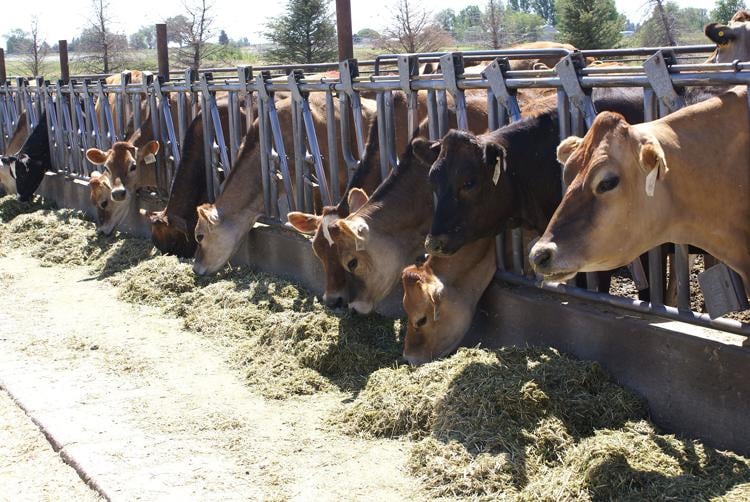ONLINE Dan Fulleton Farm Equipment Retirement Auction
THIS WILL BE AN ONLINE AUCTION Visit bakerauction.com for full sale list and information Auction Soft Close: Mon., March 3rd, 2025 @ 12:00pm MT Location: 3550 Fulleton Rd. Vale, OR […]
Published 7:58 am Thursday, January 23, 2025

Futures markets are pointing to relative stability for U.S. milk prices this year.
Class IV prices are sitting above $20 per hundredweight for much of the year. The Class III price is not quite as firm but futures are above $18.50 for much of 2025, said Kathleen Noble Wolfley, marketing intelligence director at Ever.Ag.
If the U.S. keeps exporting at a pretty good clip, there’ll likely be some pretty strong pricing, she said during a webinar hosted by the Center for Dairy Excellence.
Animal disease pressure that limits milk production in the U.S. and abroad could also support prices. More fat into U.S. cheese plants could help boost the butter value, and strong demand for protein, particularly in the whey market, and limited supply could give Class III a boost, she said.
Downside risks
“But there’s always the other side of the coin,” she said
More milk production in the U.S. could add pressure to the marketplace, and some new, big cheese plants ramping up could put pressure on the cheese market. If U.S. prices are not competitive in the global market, that could keep more product in the domestic market, and U.S. demand has been struggling for more than 12 months.
“If we continue to struggle to grow demand here in the U.S., that could … keep limited outlets for product,” she said.
She expects the U.S. could see some weaker Class III prices, primarily on the expectation of heavier supply, making exports key for market dynamics.
The Class IV market could stay relatively choppy. The nonfat dry milk market seems to be maintaining some support, but the butter price may soften some depending on supply availability, she said.
Milk production
On the milk supply side, U.S. production struggled in November after three consecutive months of positive milk supply.
“It was almost like we … shifted the pendulum positive and November came and really dropped with a thud,” she said.
November production was dragged down almost entirely by California, which was hit hard with avian influenza in October and November. The state’s output was down more than 9% year over year, causing a nearly 2% drag on total U.S. performance.
But she’s keeping an eye on cow numbers, which turned positive in October and November for the first time in about 14 months. Cow numbers are really being driven higher by Texas, South Dakota and Kansas, where there are large investments in new cheese facilities.
“More cows in the U.S. should help to pave the way for more milk in 2025, and our expectation is that we could see a return to significant growth in 2025, based in part by weak year-over-year comparisons but also this drive toward … increased cow numbers,” she said.
Farm margins
As for farm margins, producers did pretty well on paper in 2024, with lower feed costs helping to shift the dynamic higher.
Margins in the Dairy Margin Coverage program suggested 2024 ended with the best margins in a decade. Based on feed and milk futures, 2025 could be another really solid year for producer margins, she said.
“So long as we have pretty good margins, I think that that should encourage growth in the U.S. dairy industry in milk production in the year ahead,” she said.